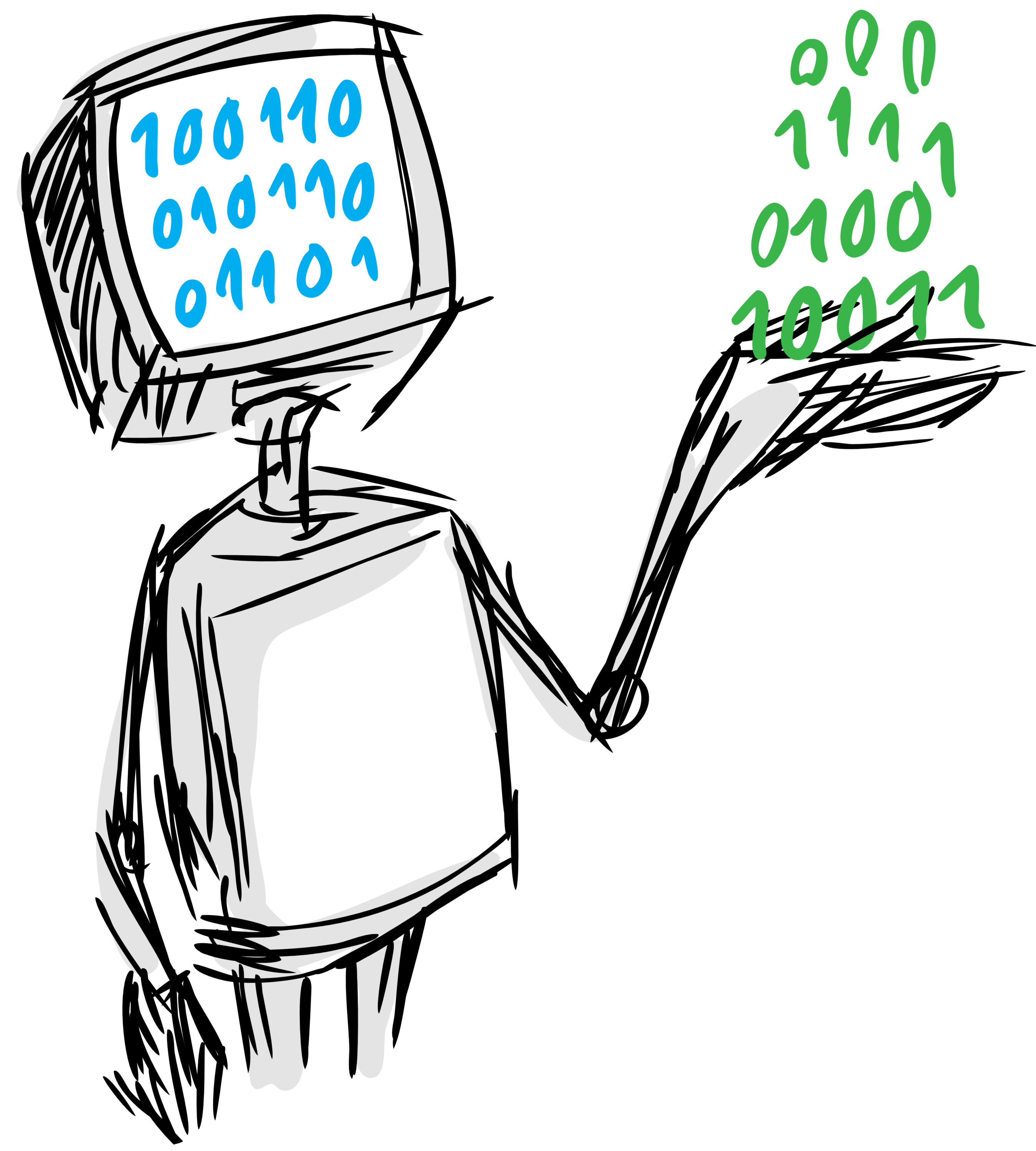
MTV is a visual analytics system built for anomaly analysis of multiple time-series data.
Make sure you have installed all of the following prerequisites on your development machine:
- Sintel - MTV is the visual interface that requires running sintel as the backend. Please install Sintel first if you want to try the full feature of MTV.
- Node.js (>= 10.0.0) - Download & Install Node.js and the npm package manager. Make sure to install gulp-cli globally after the installation of Node.js.
Download the repository
$ git clone https://github.com/sintel-dev/MTV mtvOnce you've downloaded the MTV repository and installed all the prerequisites, you're just a few steps away from running your application. To install the project, create a virtualenv and execute
$ npm installTo avoid version conflicts and dependency issues, we have locked the versions of all packages and their dependencies in package-lock.json. The execution of the npm install command will, by default, install all packages using exactly the same versions specified in the package-lock.json.
Please make sure Sintel runs on the port 3000. If not, you can change the config in the file src/model/utils/constants.tsx to ensure that MTV is able to connect to Sintel correctly.
$ npm run build$ npm run serveYour application should run on port 4200 with the production environment by default. Just go to http://localhost:4200 in your browser (Chrome recommended).
If you want to make changes on the interface and customize it to your own application scenario, you can run the following command:
$ npm startEverytime you make changes on the source code, the interface will be automatically refreshed.
@article{10.1145/3512950,
author = {Liu, Dongyu and Alnegheimish, Sarah and Zytek, Alexandra and Veeramachaneni, Kalyan},
title = {MTV: Visual Analytics for Detecting, Investigating, and Annotating Anomalies in Multivariate Time Series},
year = {2022},
issue_date = {April 2022},
publisher = {Association for Computing Machinery},
address = {New York, NY, USA},
volume = {6},
number = {CSCW1},
url = {https://doi.org/10.1145/3512950},
doi = {10.1145/3512950},
journal = {Proc. ACM Hum.-Comput. Interact.},
month = {apr},
articleno = {103},
numpages = {30},
keywords = {anomaly detection, human-AI collaboration, collaborative analysis, visual analytics, time series, annotation}
}
